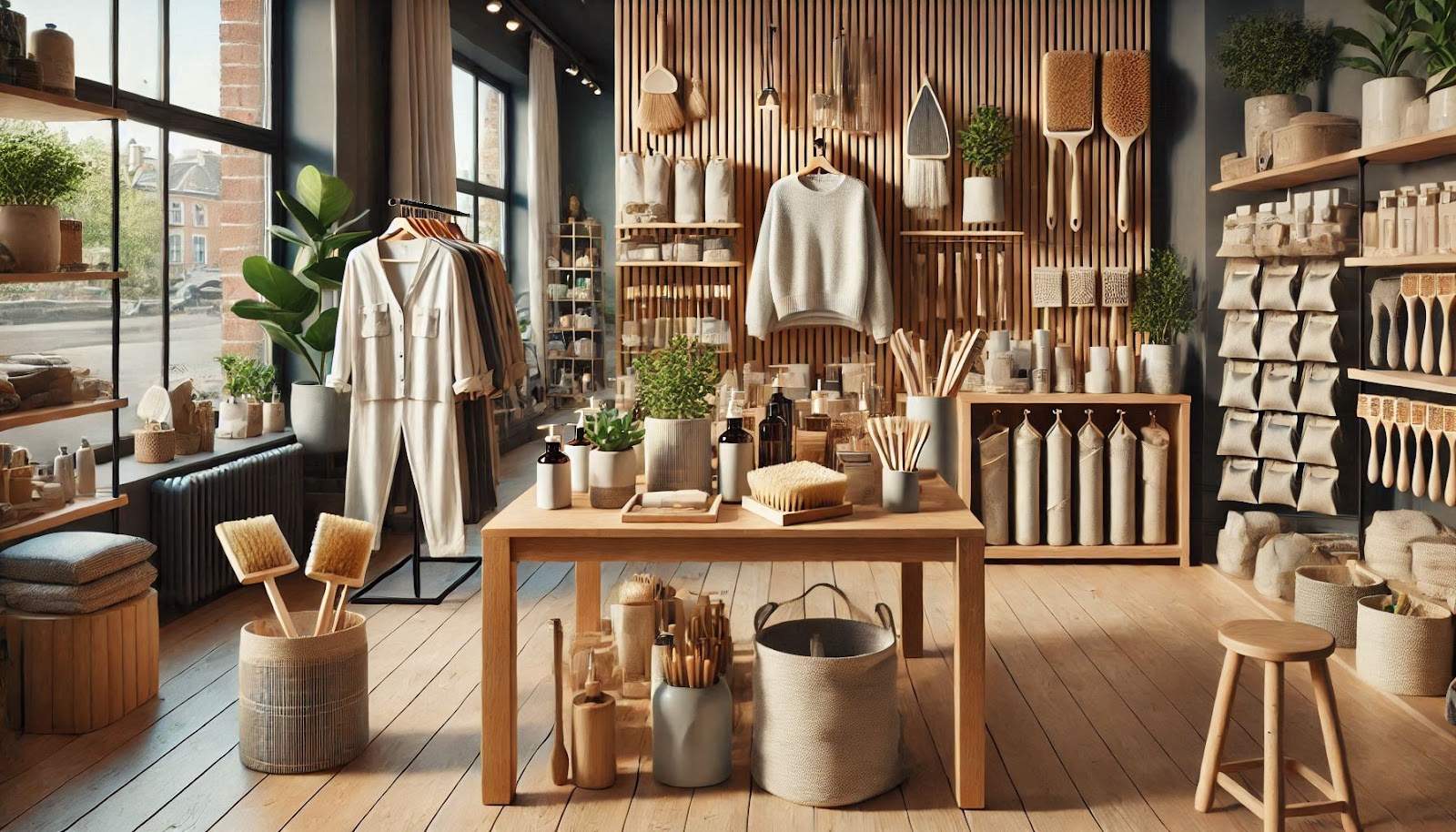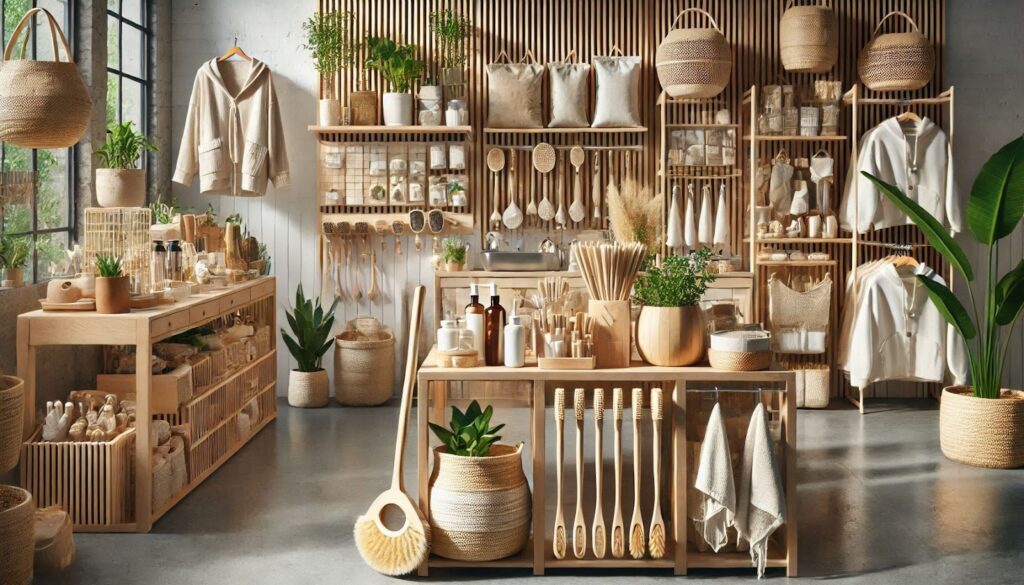
In the heart of the Arabian Desert, Dubai’s skyline tells a story of architectural innovation and sustainable transformation. As revealed by real estate experts at AustinContrarian.com – a leading name in UAE property sales and rentals, Dubai is experiencing an unprecedented shift towards eco-conscious living spaces. This metamorphosis isn’t just about incorporating green features into existing structures; it’s a complete reimagining of how humans can thrive in harmony with one of Earth’s most challenging environments. The emirate’s commitment to sustainability has sparked a revolution in residential architecture, setting new benchmarks for eco-friendly living in extreme climates.
The concept of sustainable living in Dubai may seem paradoxical at first glance. After all, how can a city built in the desert, with temperatures regularly soaring above 40°C (104°F), truly embrace environmental consciousness? Yet, it’s precisely these challenging conditions that have catalyzed some of the most innovative approaches to eco-friendly residential development. Through a combination of cutting-edge technology, traditional wisdom, and ambitious vision, Dubai is proving that sustainable desert living isn’t just possible – it’s the future.
In recent years, Dubai has witnessed a 47% increase in eco-friendly residential projects, with over 500 buildings now holding various green certifications. This dramatic shift reflects both government initiatives and growing consumer demand for sustainable living spaces. The transformation is particularly noteworthy considering Dubai’s historical context as an oil-rich emirate, now positioning itself as a pioneer in sustainable urban development.
These developments represent more than just a trend; they’re a response to urgent environmental challenges and a vision for future urban living. With the UAE’s commitment to achieving net-zero emissions by 2050, the residential sector plays a crucial role in this ambitious goal. The statistics speak volumes: sustainable homes in Dubai consume 40% less energy and 30% less water compared to conventional properties, while maintaining optimal comfort levels for residents.
# Desert Wisdom Meets Modern Innovation: The Architecture of Tomorrow
The marriage of traditional Arabic architectural wisdom with cutting-edge sustainable technology has given birth to a unique approach to eco-friendly living in Dubai. Modern architects are drawing inspiration from ancient desert dwellings, which utilized natural ventilation, thick walls, and strategic orientation to maintain comfortable indoor temperatures. These time-tested principles are being enhanced with contemporary innovations to create homes that are both environmentally conscious and luxurious.
One striking example is the implementation of “breathing walls” – dynamic facades that adjust their porosity based on environmental conditions. These sophisticated systems, inspired by traditional mashrabiya screens, can reduce solar gain by up to 60% while maintaining optimal indoor light levels. The technology involves smart materials that respond to temperature changes, automatically adjusting their properties to maximize energy efficiency.
Advanced building materials play a crucial role in this architectural revolution. Engineers have developed specialized concrete mixtures that incorporate recycled materials and possess superior thermal properties. These materials can reduce heat transfer by up to 70% compared to traditional building materials, significantly decreasing the energy required for cooling. Some innovative developments are even experimenting with self-healing concrete that can repair minor cracks autonomously, extending the building’s lifespan and reducing maintenance requirements.
The integration of vertical gardens and green spaces has transformed the concept of desert architecture. These living walls serve multiple purposes: they provide natural insulation, improve air quality, and create micro-ecosystems that support local biodiversity. Some residential projects have reported temperature reductions of up to 8°C in areas adjacent to their vertical gardens, demonstrating the significant impact of these green installations on the local microclimate.
# The Oasis Effect: Water Innovation in Desert Dwellings
Water conservation in Dubai’s eco-friendly residences goes far beyond simple reduction measures. Innovative systems have been developed to create a closed-loop water management cycle within residential complexes. These systems combine advanced filtration technologies, atmospheric water generation, and smart distribution networks to maximize water efficiency while maintaining luxury living standards.
Atmospheric Water Generation (AWG) technology has been integrated into several high-end residential projects, producing up to 10,000 liters of water daily from humid air. This technology, combined with smart water management systems, has reduced external water dependency by up to 35% in some developments. The harvested water undergoes advanced purification processes, ensuring it meets or exceeds international drinking water standards.
Greywater recycling systems have been revolutionized in Dubai’s eco-friendly residences. Advanced biological treatment processes, combined with UV sterilization, allow for the safe reuse of up to 85% of household water. This recycled water supports landscape irrigation, cooling systems, and non-potable household needs, creating a sustainable water cycle within each residential complex.
Smart sensors and AI-driven water management systems monitor usage patterns and detect leaks in real-time, preventing waste and optimizing distribution. These systems have demonstrated remarkable efficiency, reducing water consumption by up to 45% compared to traditional residential buildings while maintaining high standards of living.

# Solar Symphony: Powering the Desert Dream
Dubai’s abundant sunshine has become a cornerstone of sustainable residential development, with innovative solar technologies transforming how homes generate and consume energy. Beyond traditional solar panels, new developments are incorporating Building Integrated Photovoltaics (BIPV) that seamlessly blend with architectural elements, turning entire facades into power-generating surfaces.
Advanced solar thermal systems are being used for both power generation and cooling. These hybrid systems can achieve remarkable efficiency rates of up to 70%, significantly higher than conventional solar installations. Some residential complexes have implemented concentrated solar power systems with thermal storage, providing reliable energy even after sunset and reducing grid dependency by up to 60%.
The integration of smart grid technology allows homes to optimize their energy consumption and storage patterns based on real-time demand and generation data. AI-driven systems predict energy needs and automatically adjust storage and consumption patterns, resulting in energy cost savings of up to 40% for residents. These smart systems also facilitate energy sharing between buildings, creating micro-grids that enhance overall efficiency.
The latest developments in solar technology include transparent solar glass and solar fabric installations, which expand the potential for energy generation without compromising aesthetic appeal. These innovations have enabled some residential complexes to achieve near net-zero energy status, producing up to 95% of their energy requirements on-site.
# Digital Harmony: Smart Systems for Sustainable Living
The integration of artificial intelligence and Internet of Things (IoT) technology has transformed eco-friendly residences in Dubai into living organisms that adapt and respond to environmental conditions and user needs. These smart systems optimize resource consumption while enhancing resident comfort and convenience through sophisticated automation and predictive analytics.
Central to this digital transformation is the implementation of AI-driven climate control systems that learn from occupant preferences and environmental conditions. These systems can predict optimal settings based on weather forecasts, occupancy patterns, and thermal mapping, reducing energy consumption by up to 35% compared to traditional HVAC systems. The integration of machine learning algorithms enables continuous improvement in efficiency over time.
Smart waste management systems have revolutionized how residential complexes handle refuse. Automated sorting systems and underground vacuum collection networks reduce the environmental impact of waste disposal while improving hygiene and convenience. Some developments have achieved recycling rates of up to 85% through the implementation of these advanced waste management solutions.
Biometric security systems and smart access control not only enhance safety but also contribute to energy efficiency by automatically adjusting building systems based on occupancy. These integrated solutions have demonstrated the potential to reduce unnecessary energy consumption by up to 25% in common areas while improving security and resident convenience.
# Living Laboratories: Innovation in Action
Dubai’s sustainable residences serve as living laboratories where new technologies and approaches to eco-friendly living are constantly tested and refined. These experimental projects provide valuable data and insights that drive continuous improvement in sustainable residential design and operation.
One particularly innovative project involves the integration of blockchain technology for transparent tracking of energy generation, consumption, and carbon offsets. This system allows residents to monitor their environmental impact in real-time and participate in a community-wide carbon credit trading program. Early results show that this approach has motivated a 28% reduction in individual carbon footprints through gamification and economic incentives.
Advanced materials testing programs evaluate new sustainable building components under real-world desert conditions. These programs have led to the development of new thermal insulation materials that reduce cooling needs by up to 50% compared to traditional materials. The data collected from these experiments continues to inform the development of increasingly efficient building solutions.
Pilot programs testing new approaches to urban agriculture within residential complexes have shown promising results. Hydroponic systems integrated into building designs have demonstrated the potential to produce up to 30% of residents’ fresh produce needs while contributing to building insulation and air quality improvement.
# Community Metamorphosis: The Social Impact of Sustainable Living
The shift towards eco-friendly living in Dubai has catalyzed significant changes in community dynamics and social behavior. These sustainable residential developments have become incubators for environmental awareness and community engagement, fostering a new culture of sustainability that extends beyond individual households.
Community-led initiatives within these developments have resulted in the creation of sharing economies, where residents pool resources and reduce individual consumption. These programs have led to a 40% reduction in personal vehicle ownership through car-sharing schemes and a 25% decrease in individual appliance purchases through community equipment sharing programs.
Educational programs and workshops hosted within sustainable residential complexes have created a ripple effect of environmental awareness. Studies show that residents of these communities are 65% more likely to adopt sustainable practices in their daily lives and influence their broader social networks to do the same. This multiplication effect has contributed to a broader cultural shift towards sustainability in Dubai.
The integration of community spaces within these developments has fostered social connections and collaborative approaches to sustainability. Shared gardens, workshops, and educational facilities have become focal points for community interaction, leading to increased social cohesion and collective environmental responsibility.